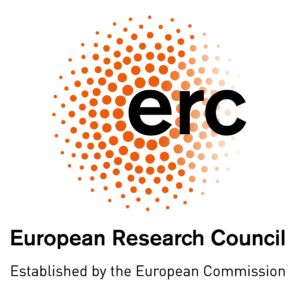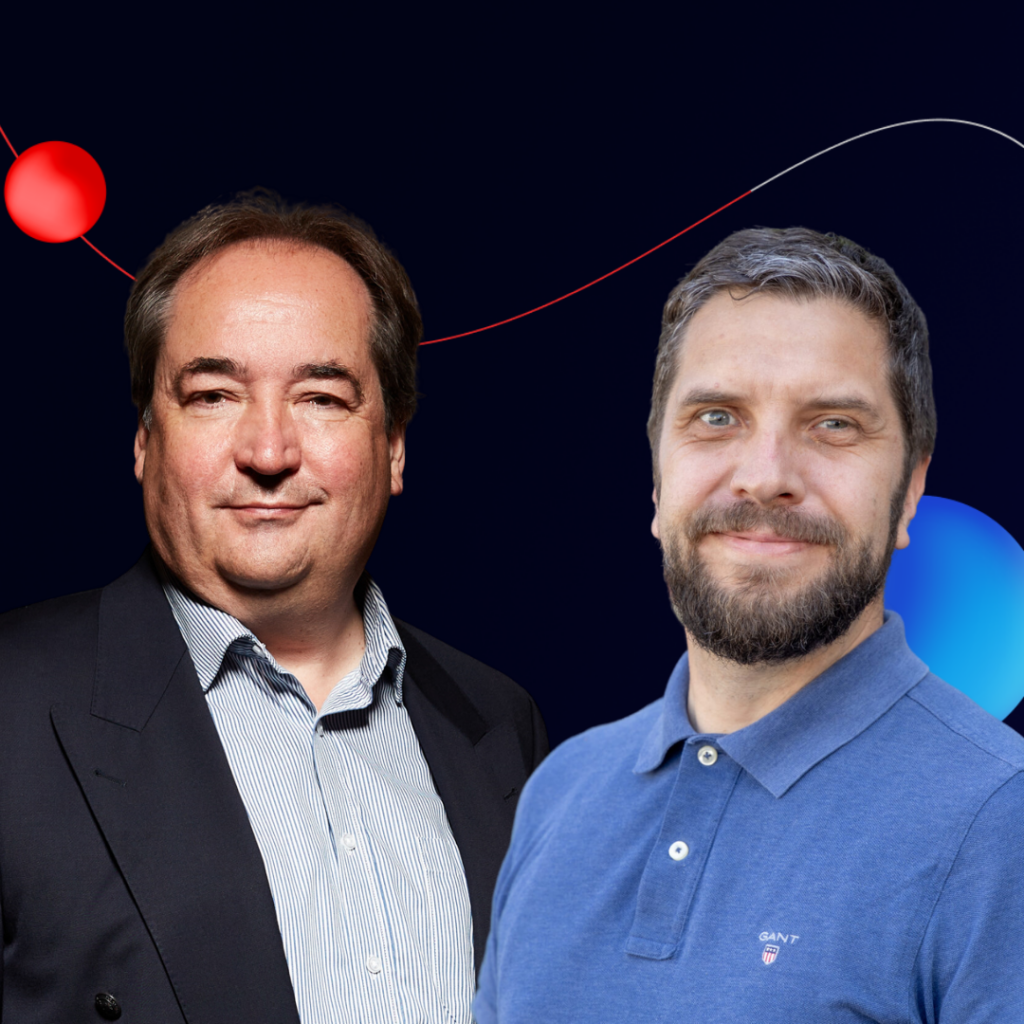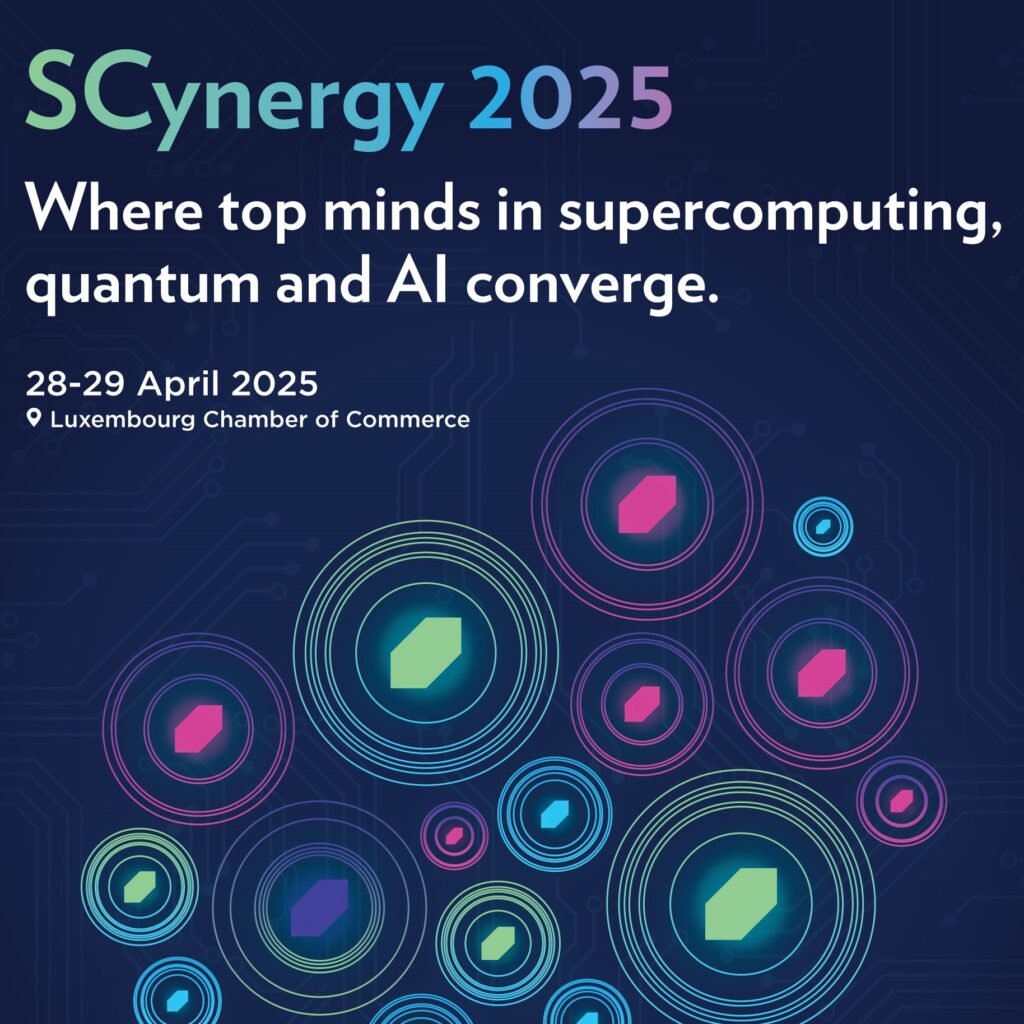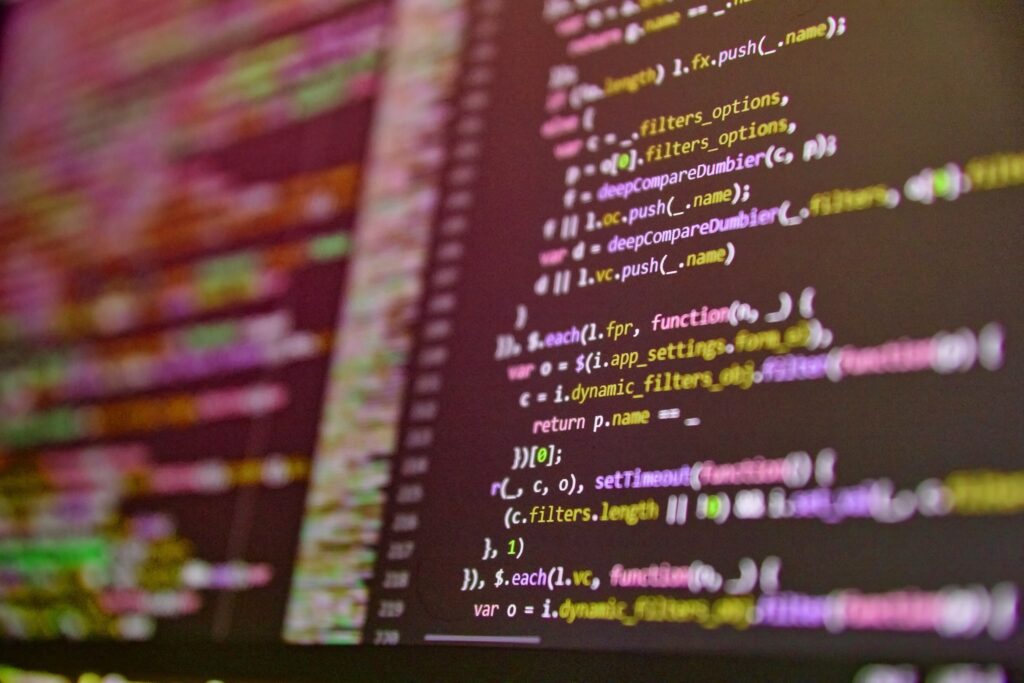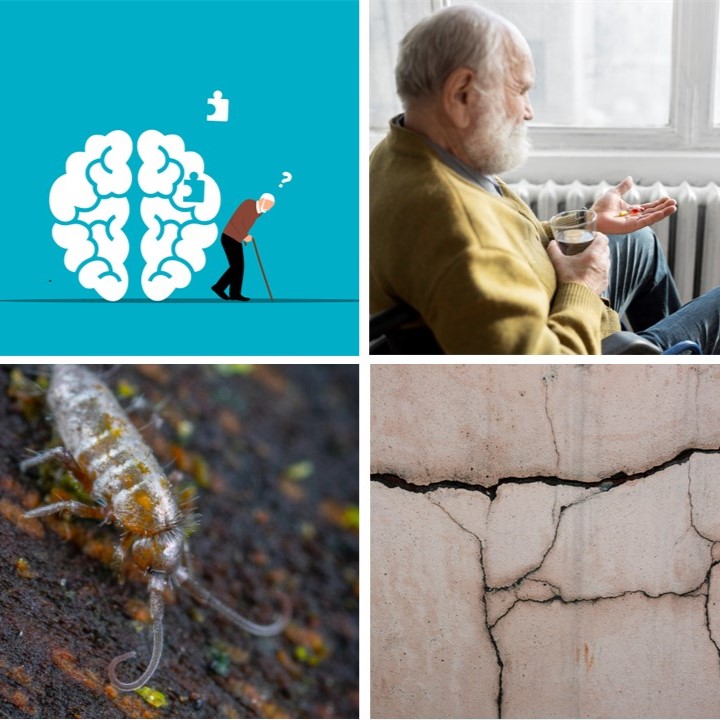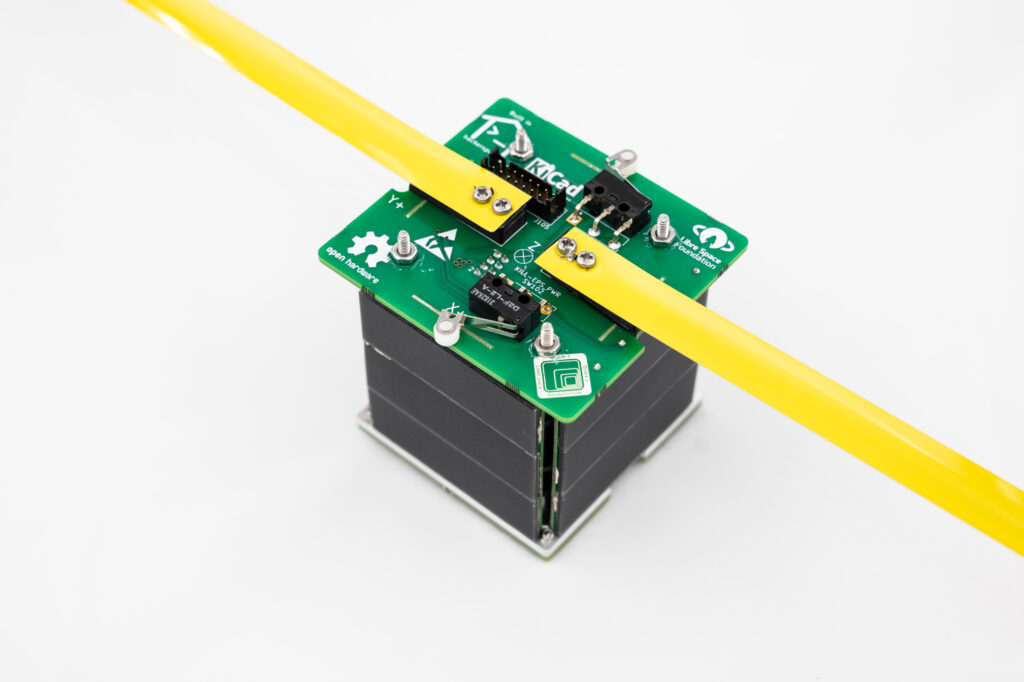Kaleidoscopic microbeads to fight counterfeiting
20 November 2020
A physicist invented a new method to authenticate objects by using the strange properties of liquid crystals. He also spun them into smart elastic bands for applications in soft robotics and wearable technologies.
This article was originally published by the Luxembourg National Research Fund
Fingerprints and other QR codes are well established but have a serious weak point: they can be easily copied. A team from the University of Luxembourg has invented a new method to hinder the counterfeiting of identity cards, works of art or industrial products. It uses the highly complex light pattern generated by liquid crystals, known in daily life from their use in LCD screens.
“The patterns we can create are absolutely unique,” explains Jan Lagerwall, the project leader. “They are robust enough to be reliable but too complex to be copied.”

Jan Lagerwall © FNR / Rick Tonizzo
The technology is based on liquid crystals, a peculiar state of matter which combines the regularity of solids at microscopic scale with the disorder of liquids over centimetres. The crystalline structure is key: it creates the pattern by reflecting light in different directions and colours, much like the shell of some beetles producing iridescent hues.
The fluidity brings in randomness and thereby the uniqueness of each pattern.“It’s important to strike the right balance,” says the Swedish-born researcher. “It should be random enough to make copying very hard, but not too sensitive to avoid manufacturing problems.”
An app to authenticate objects
The physicist has teamed with IT specialists to develop a practical authentication service. First, the scientists produce the tag with the help of microfluidics to mix organic molecules. This creates microscopic shells containing liquid crystals, similar to oil drops which would be filled with water. They incorporate them within a transparent polymer in order to fix and protect them. This thin plastic sheet can finally be glued as a tag on an object.
The pattern produced by shining light on the tag is recorded in a database and serves as reference. The end-user can then authenticate the object by taking a picture of the tag with their smartphone and comparing it with the original picture stored in the database.
“Each pattern is completely unique because it depends on the precise location of the spheres, their size and the properties of the liquid crystal they contain,” says Lagerwall. “Trying to copy the pattern would be too difficult to be practically feasible. We are making good progress and we are collaborating with a company to develop and test our solution.”
The tags could find other applications, he adds. For instance, labels working with infrared light are invisible to humans but would be decipherable by computers. Glued on walls, they could help autonomous devices navigate indoors, and in locations where GPS signal is lost.
Smart elastics
The Luxembourg scientists have also spun liquid crystal into fibres to create elastic bands that change colour upon stretching. Woven into clothes, they could be analysed by a camera to detect body movements, a feature useful for sensors in wearable technologies or exoskeletons.
These mechanical devices worn over the arms and legs amplify the user’s movements, for instance by using electrodes to read out the electrical impulses going through the nerves. Here the colour changes of their clothes could be used to map the movement and control the device, explains Lagerwall. His team has also created elastic bands which contract when heated up or illuminated with light, a technology that could be useful for creating artificial muscles used in soft robotics.
Order and disorder
The functionalities of a liquid crystal arise from the way its molecules align: while their distribution is random like in a fluid, their orientation is not. The artificial muscle uses molecules that are all oriented along the elastic band. It gets contracted by heat because it destroys this alignment, the same way the structure of an ice cube gets lost when it melts into water. Optical applications work with chiral molecules, whose orientation follow a helix pattern. This makes them reflect light when it is polarized and has the same wavelength as the helix pitch, which can be controlled by temperature and stretch.
“Liquid crystals offer an amazing playground,” says Lagerwall. “We are now able to fix them in a variety of shapes such as short fibres and empty or filled spheres, with either parallel or helicoidal alignments. Many interesting results from our work actually came up by serendipity, that is, by chance. Some show great potential for useful applications, other are very much more fundamental in nature. This can appear useless today, but who knows about tomorrow?”
About the European Research Council (ERC)
The European Research Council, set up by the EU in 2007, is the premiere European funding organisation for excellent frontier research. Every year, it selects and funds the very best, creative researchers of any nationality and age, to run projects based in Europe. The ERC offers four core grant schemes: Starting, Consolidator, Advanced and Synergy Grants. With its additional Proof of Concept grant scheme, the ERC helps grantees to bridge the gap between grantees’ pioneering research and early phases of its commercialisation. https://erc.europa.eu/

